We asked Matilde Santos to share her testimony about the field trip made to the Materials Bank in the scope of the REVINTAGE project. Matilde is a student of Externato Senhora do Carmo’s Vocational Course of Tourism Technician.
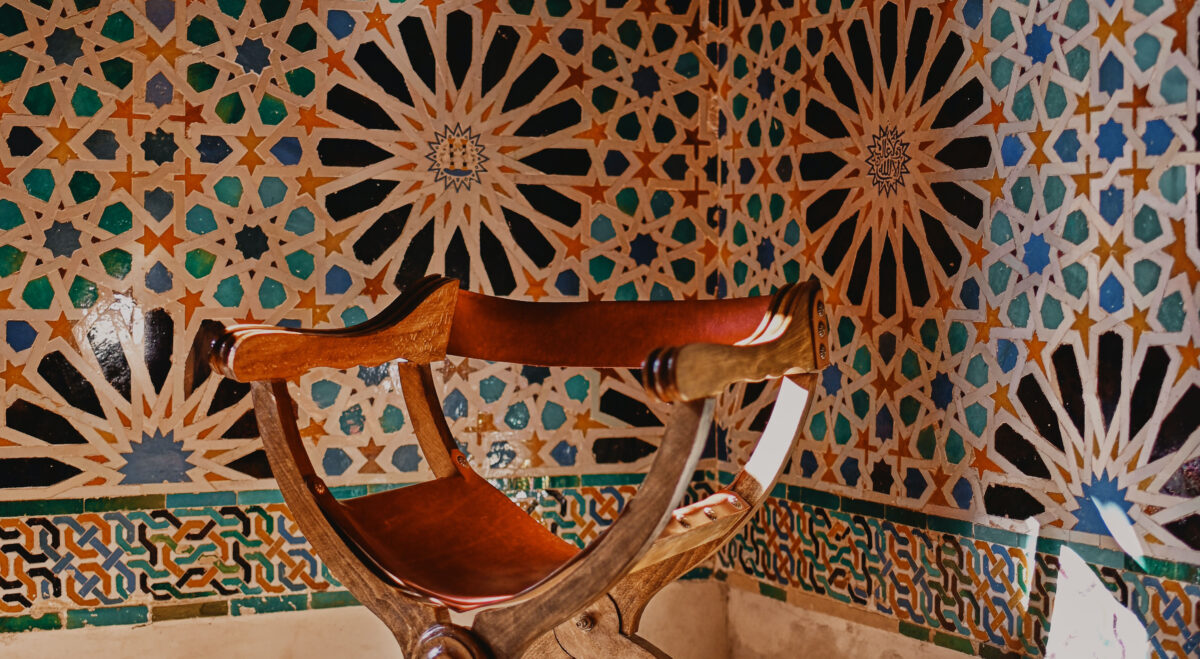

We asked Matilde Santos to share her testimony about the field trip made to the Materials Bank in the scope of the REVINTAGE project. Matilde is a student of Externato Senhora do Carmo’s Vocational Course of Tourism Technician.
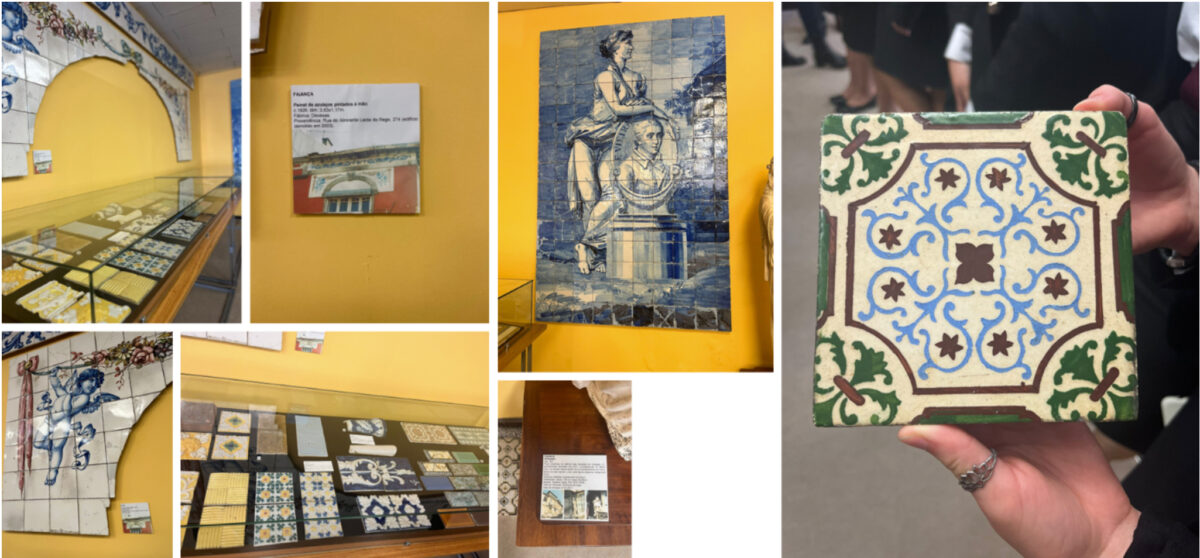
Within the scope of the International Project REVINTAGE, a set of activities were carried out. One of these activities consisted in visiting spaces that host national heritage. The main objective was to investigate how we can help people involved in the professional teaching of construction and design to gain knowledge about preservation and restoration of authentic elements of interiors, through modern means, such as the collaboration of professionals in the field of interior preservation.

Meetings for the Revintage projects were held in all three partner countries of the Netherlands, Portugal, and Malta. They involved experts in aspects of built heritage preservation, who reviewed our plans for the curriculum and provided comments. They included representatives of VET programs and experts on built heritage and recent interiors.
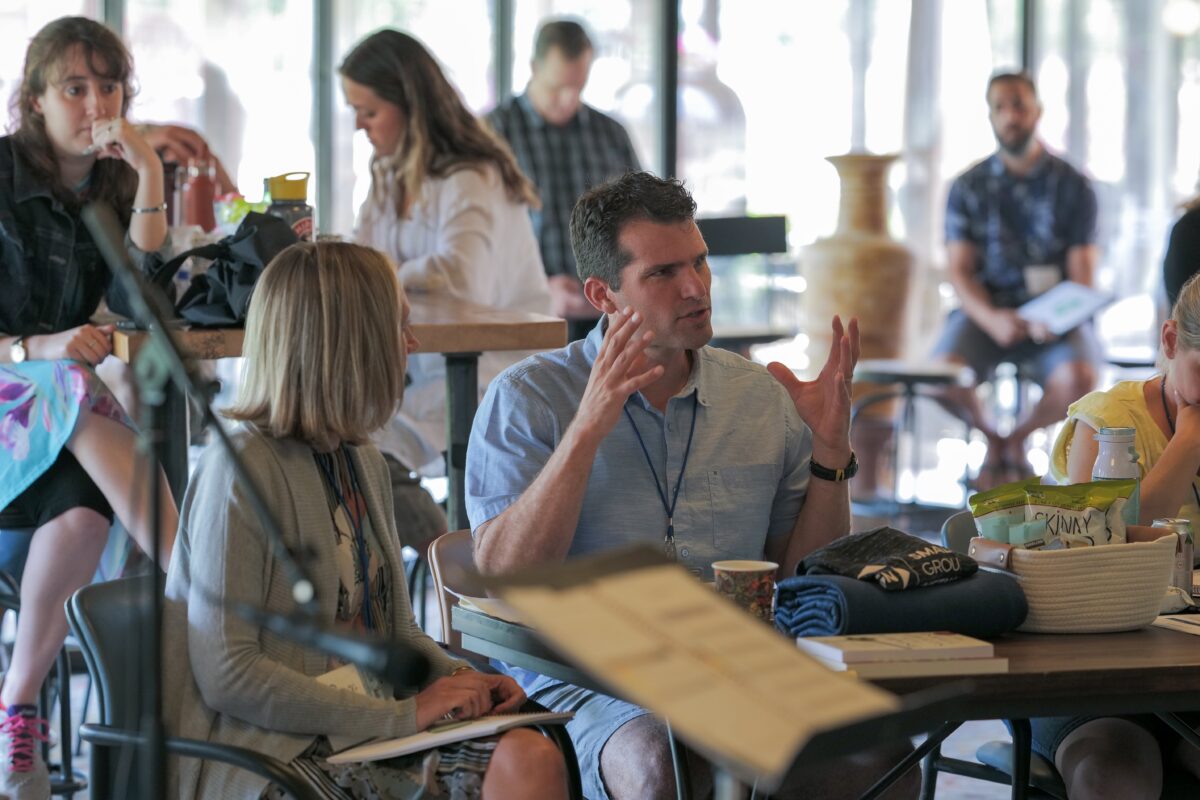
By Quiosq
The Revintage project presents the final version of the Revintage curriculum description. Experts from the VET sector and content experts commented on the earlier version. Their comments have been incorporated into this version. In a limited number of cases, this shows different views. These are both listed for clarity.

By António Neves, architect
The house featured in the photo above was designed in 1957 by architect Mário Carlos Barbosa Ferreira, located in Porto, on Avenida Fernão de Magalhães, and restored by us. Ferreira graduated in 1940 from the Oporto School of Fine Arts. We learned about his collaboration with two of the most relevant architectural offices in the city at that time, the one headed by Arménio Losa and Cassiano Barbosa and the other by Viana de Lima.
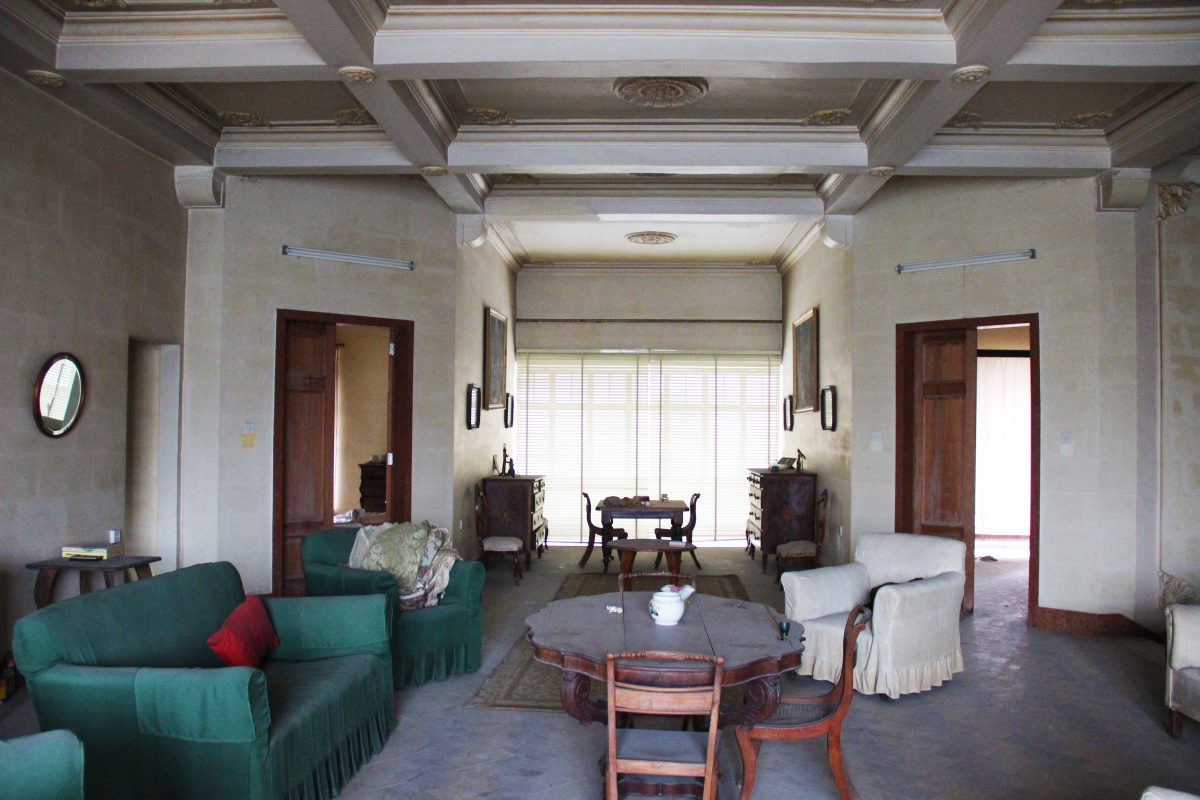
By David Ellul
Born on August 26th 1888 and residing at Valletta, Gustave Romeo Vincenti, was the son of Luigi Vincenti, a wealthy trader and merchant who imported goods such as wines, spirits, cigars and cigarettes in Malta during the late 19th and early 20th Century.
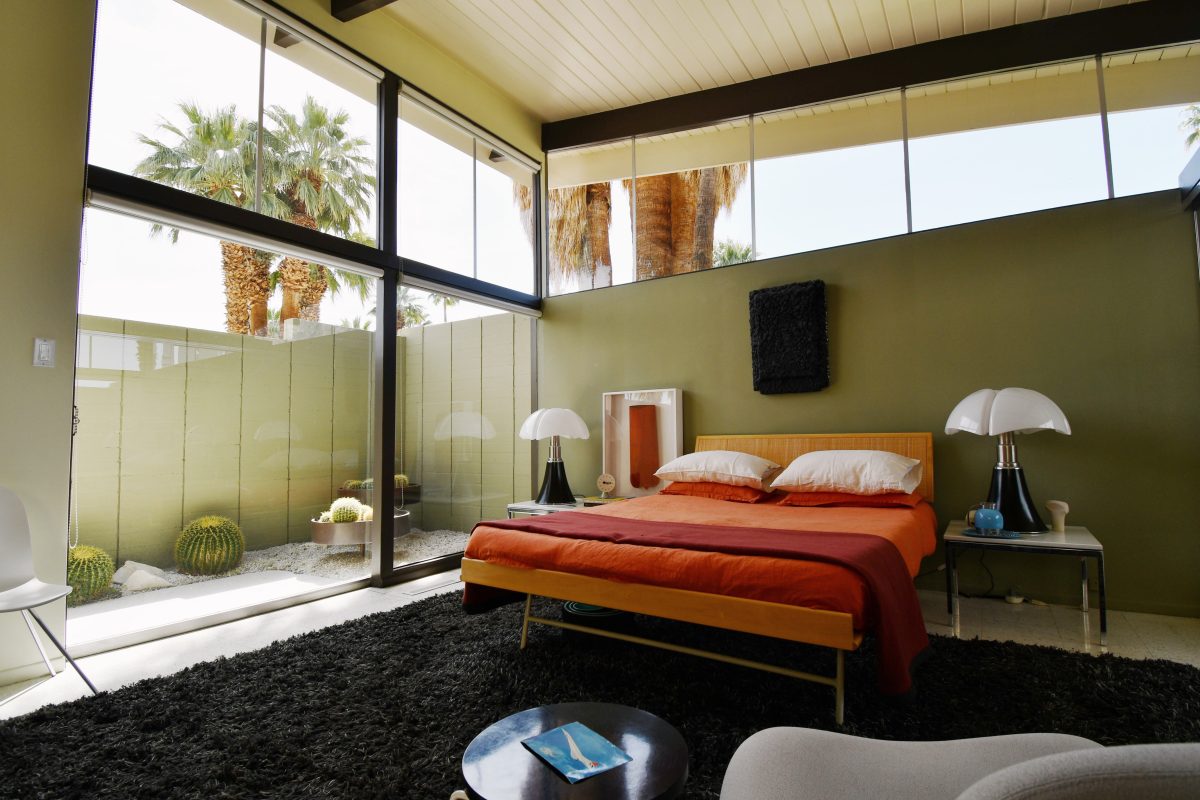
The question we often get asked is what typifies a European interior. To be sure, we’re not referring to “interior design” in the sense of a uniform interior showing a designer’s “hand”, but rather the everyday interiors that shaped our lives. What typified the design trends that our parents, grandparents and earlier generations used to shaped their daily environment?
The UK website Nostalgia Central had a go at defining what made up European interiors during the 1960s:
“The majority of homes in the 1960s were furnished with an eclectic mixture of furniture from a variety of periods, but the increase in the number of young people setting up homes in their own flats and bed-sits bred a new ‘young’ environment.”
Read more on the Nostalgia Central website
> Header photo by Max Harlynking on Unsplash

The Revintage project had its third meeting last January in Porto, Portugal, in which the participants further outlined their efforts to partner with VET (Vocational Education and Training) institutions in order to further the preservation of post-war European interiors.
In general, we saw a lot of interest in the subject and the need to pay attention to it. At the same time, we also experienced that it is sometimes difficult to get in touch with representatives of the VET sector. This is not necessarily due to disinterest but to time and the limited possibilities that the current curriculum has in terms of supplementation with new topics. The three partners’ approaches differed as a result of the opportunities. However, this led to an interesting complementary approach that gave us more information.
The central question for the next stage of the project is: What could be the role of VET and heritage institutions and -professionals in preserving post-war interiors? Keep posted for more news.
You can download and read the report of Revintage Activity 3 via this link (pdf file).
Header photo by Everaldo Coelho on Unsplash
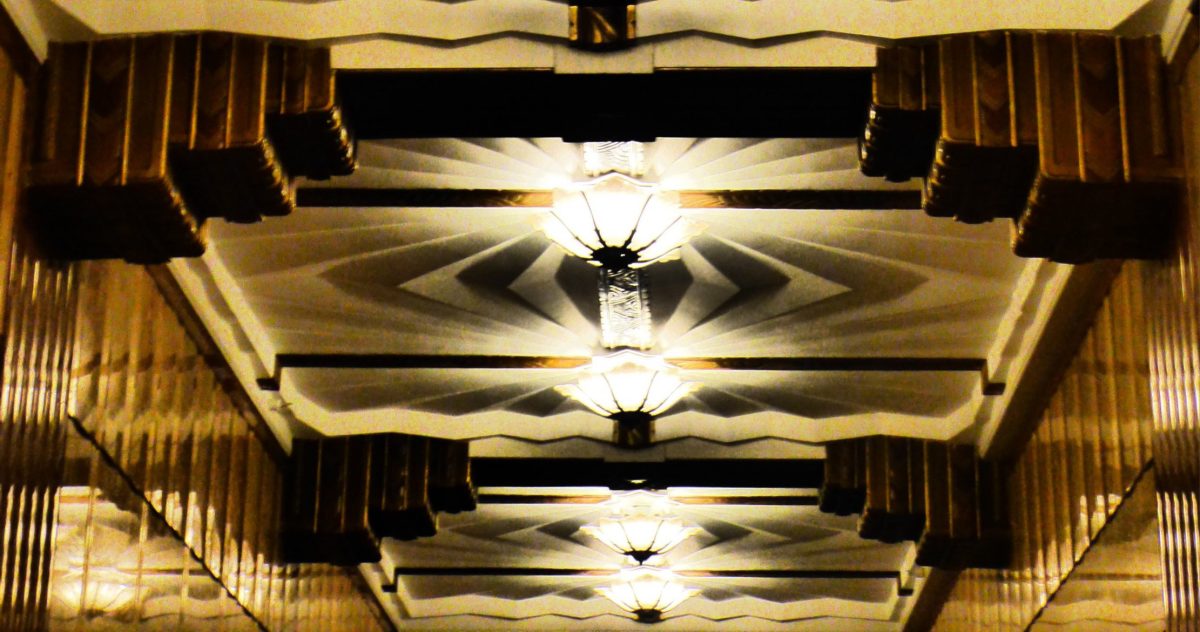
Now that we are under way with Revintage, we’re glad to give you the first results of the project. These are two research papers:
These are just the first steps in the project; much more will follow.
Visit the reports of the first two project activities here.
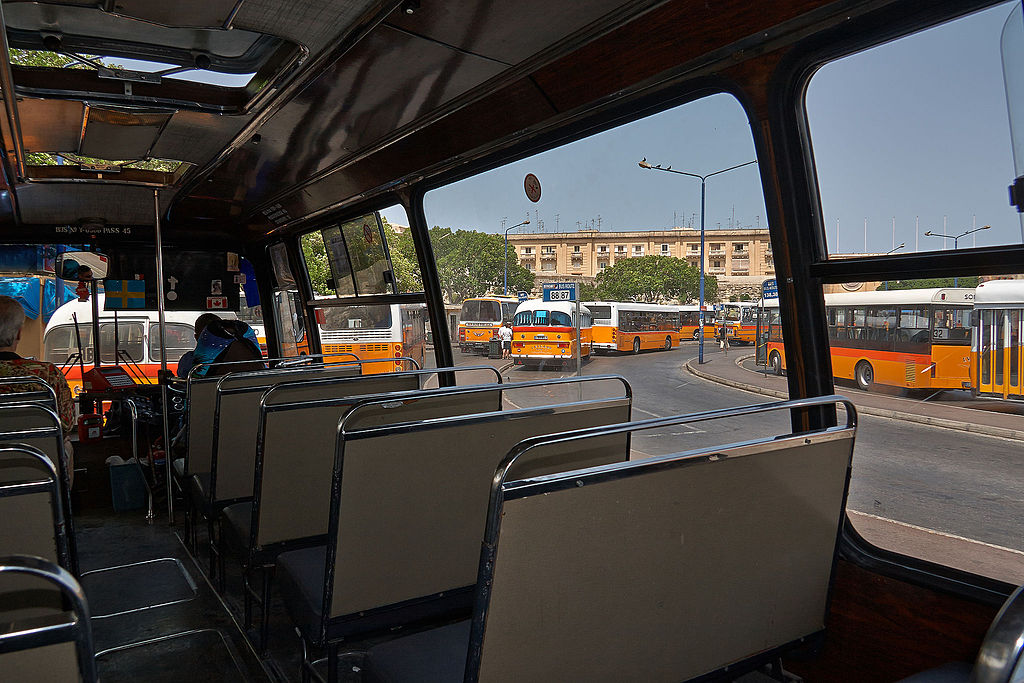
RevIntAge, a project dedicated to the preservation of and education on post-war European interiors, meets in Malta on 30 and 31 August, in order to exchange experiences, methods, and ways to ensure the preservation of interior heritage.
Read more about the project here.